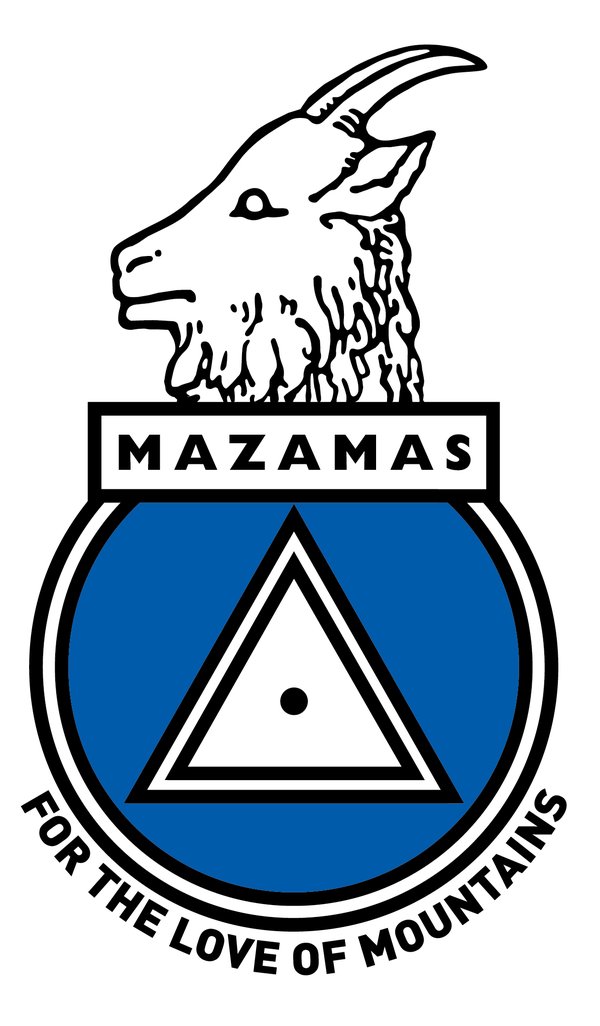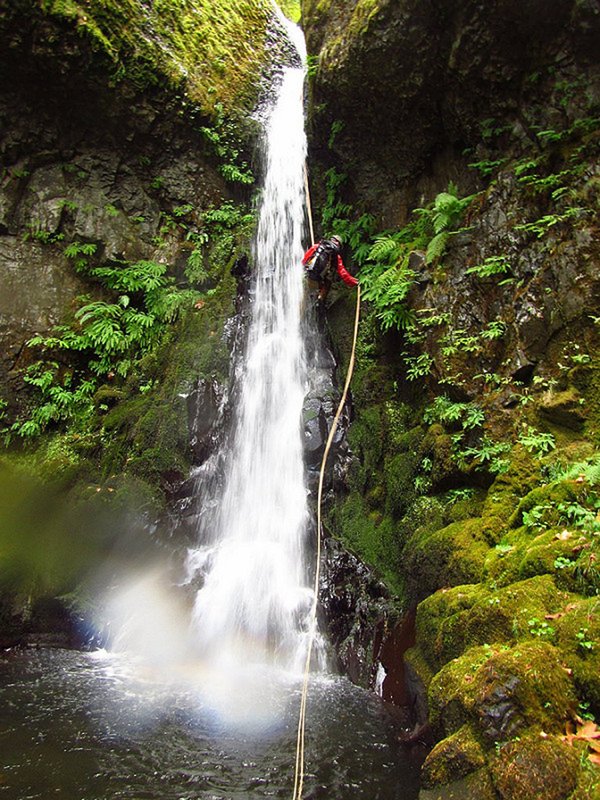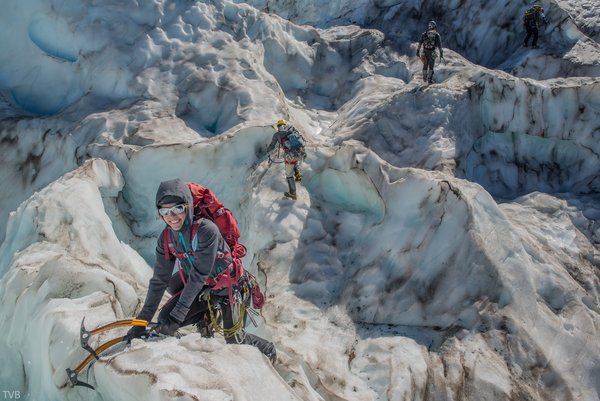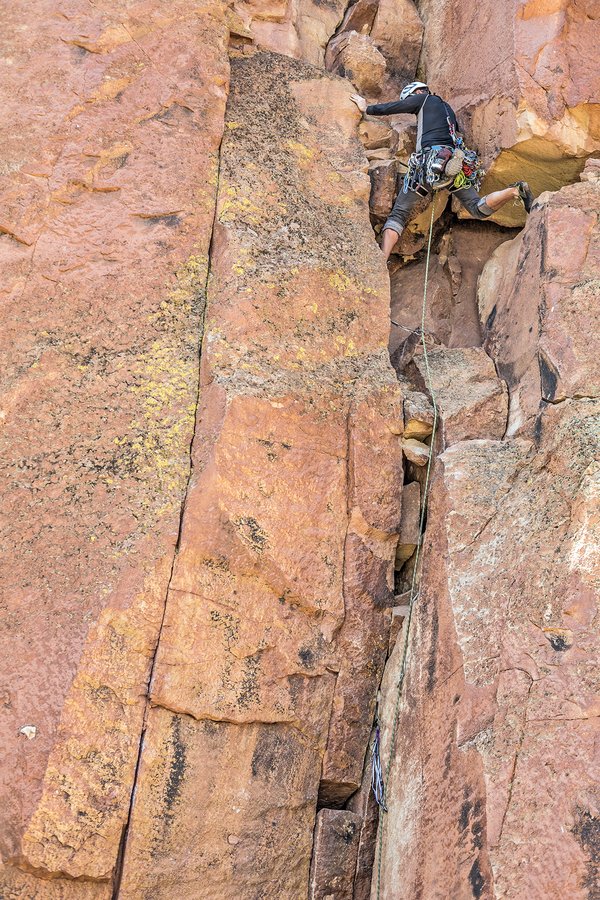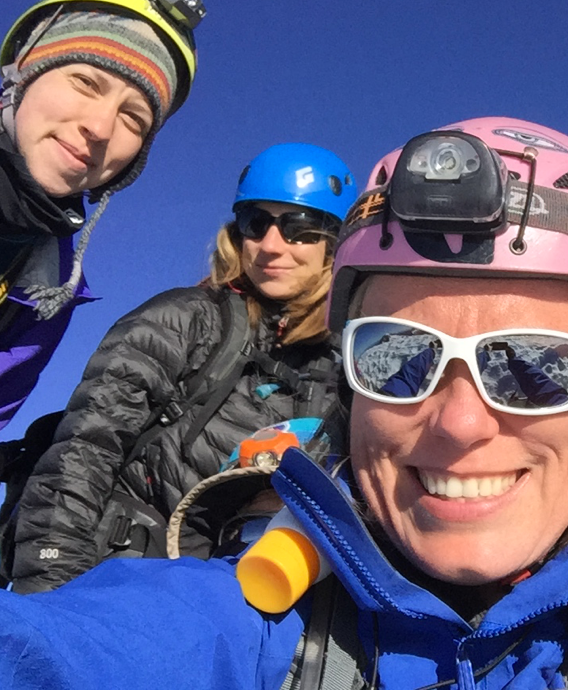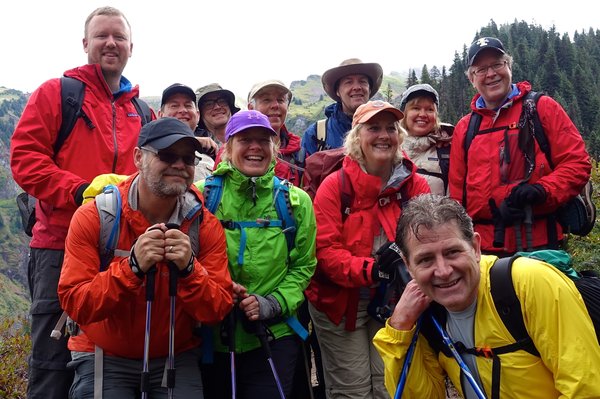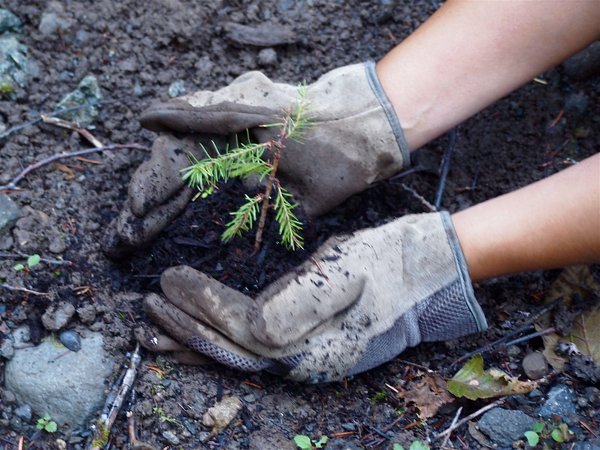Standing on the summit of Mt. Hood, the highest point in Oregon at 11,250 feet, is a lifelong dream for many aspiring mountaineers. The Mazamas has been climbing Mt. Hood regularly for more than a century. We have the know-how to get you started in your summit attempt, whether it's with us or someone else. Here are a few answers to some of the most common questions we hear about this peak.
1. I don't have any experience in snow climbing, but I'm in good shape and I really want to try Mt. Hood. What's the best approach for me? For those who really want to stand on the summit, but at this point are not sure if they want to continue with mountaineering, we suggest going with either a guiding company or finding a trusted friend who knows how to climb. Timberline Mountain Guides is a reputable local guide company.
2. Do I have to be a member to go on your climb?. Even though I've never climbed before, can I still go with you? You must be a Mazama member to apply for climbs. You can Join the Mazamas and enjoy all the opportunities membership provides. Climbs are free to members with the exception of Mt. Hood, which is $78. The Mazamas maintain a permit to operate activities in the Mt. Hood National Forest and the fee for Mt. Hood climbs helps us cover that cost. As for your climbing experience, it's important to know that we are not a typical guiding service. A professional guiding company will typically supply much of the equipment that you need, give you basic instruction the day before the climb in the minimal technical skills required, and usually give you a snow-cat ride halfway up the mountain to improve your chances of summitting. Essentially a guiding company will take anyone, regardless of their experience level. On a Mazama climb, we require that each climb applicant have the skills, equipment and fitness needed for the route they want to try. While this may be fairly minimal for one of the easier routes we lead such as South Sister or Mount St. Helens, we still ask that climb applicants have all the needed skills before they apply for a climb with us.
3. Do I have to take your Basic Climbing Education Program (BCEP) to participate on a Mazama climb? No. All our climbs are open to members who have the skills needed for the climb. You can learn these skills from us, from another school or program, or from your friends! Unlike some other mountaineering organizations, we recognize that there are wide range of acceptable ways and places in which to learn the needed skills for technical climbing. When you build your profile on our website you can detail your past climbing training and climbing experiences.
4. What's the best time of year to climb Mt. Hood? The main climbing season for Mt. Hood is April through June. The vast majority of summit attempts are made during this time. A combination of fairly stable weather, lower avalanche danger, and minimal rock fall typically make these months the best. August through November are not usually a good time to climb, because of increased danger of rock fall on the upper slopes of the mountain. Weekends during the spring are often very busy. If you can make time to go on a weekday, you will enjoy greater solitude on the mountain.
5. What technical skills do I need to know? Fitness is the main requirement—see below for specifics. Experience using crampons, proper use of the ice axe for ascending, descending, self-belay and self-arrest are all required skills for Mt. Hood. You may also need to have had experience or training in moving as a rope team.
6. What kind of equipment do I need? If you are already active in the outdoors, the synthetic layered clothing and backpack you may already own should be fine for your climb. As far as specialized gear, you can rent rent crampons, an ice ax, and mountaineering boots from one of the local Portland area climbing shops if you don't have your own. Depending on route conditions, a climbing harness can also be a good idea. If you go with a guiding company, they can provide much of this equipment for you.
7. How long does the climb take? A rough rule of thumb in mountaineering is that a fit climber can ascend approximately 1,000 feet per hour. As Mt. Hood is a 5,000 foot climb, fit climbers usually take between five and seven hours to reach the summit for the first time. Typically 3 hours are taken for the descent, for a total time of roughly 8-10 hours round-trip. This time will probably be less with a guiding company, because many of them take a snow-cat ride to the top of the Palmer chairlift and start the climb from halfway up the mountain. Most non-guided climbers begin to climb at Timberline Lodge elevation 6,000 feet. If you're on a large team with lots of other beginning climbers, count on an extra couple of hours.
8. I work out fairly regularly and consider myself fit, but I'm not sure if I'm in good enough shape. Do you have any guidelines? Hiking regularly on trails with a decent vertical elevation gain while carrying a backpack loaded with approximately 20 to 25 pounds is a great way to train for mountaineering. As a rule of thumb, if you can complete a Columbia Gorge hike such as Dog Mountain or Table Mountain (each with an approximate 3,000 foot elevation gain) while carrying a 25-pound pack (and not be completely trashed when you're done!) you're probably fit enough for successful Mt. Hood climb. We feel success on the standard South Side route on Mt. Hood is due to about 90% fitness and about 10% technical skill.
9. How many routes are there on Mt. Hood? Which one should I try? For beginning climbers trying Mt. Hood for the first time, we strongly recommend the standard south side climbing route. One of the main advantages of this route is that it follows a ski chairlift for approximately half of the climb. If you have to descend in low visibility, following this chairlift can be very useful! There are at least 15 major routes on Mt. Hood, and every other route requires a greater level of technical climbing skill than does the standard south side.
